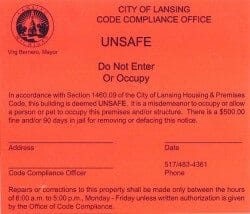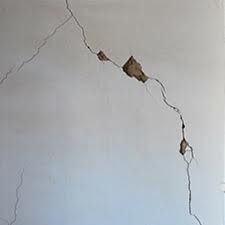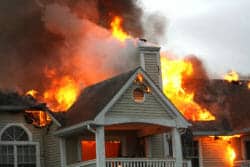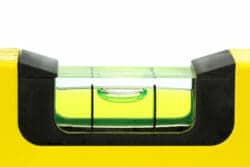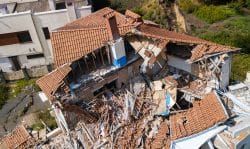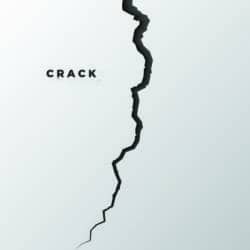What Magnitude Of Earthquake Causes Structural Damage
Home » Structural » Earthquake »

The short answer is that a house may incur structural damage starting somewhere between a 4.0 to 5.9 in magnitude, depending on a number of factors. These factors include the age of the home, the closeness to the epicenter, the soil conditions and the type of construction.
At magnitude levels of 4.0 to 6.0 most homes would not collapse but may suffer low to significant damage. A magnitude of 6.7 can produce enormous stress on a building’s structural components, including foundations, beams, columns, walls and floors, as well as the connectors that hold the components together. The stresses from this size of quake, can easily cause a building to collapse or suffer crippling damage.
The Federal Governments USGS states “damage does not usually occur until the earthquake magnitude reaches somewhere above 4.0 or 5.0 with caveats about distances from the epicenter, type of structure and type of damage occurring at various magnitudes.
Note that professionals use different scales in evaluating earthquakes. Two of the most common are the measurement of “Magnitude” and the other is the measurement of “Intensity.” (Learn more about magnitude and intensity. )
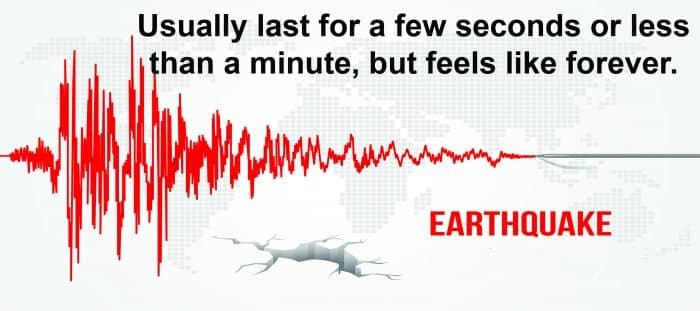
Earthquakes
In just a short matter of time the ground may be shaking up and down, as well as abrupt side to side movement and even a rolling type of movement may be occurring. This movement may break gas, water and sewer lines; fires may break out and occasionally an explosion. Adding to the problems, all this shaking may cause landslides, mudslides, dames to fail, and avalanches on steep hills or mountains and where there is soil liquification issues. The stronger the quake, the more the damage.
Homes react to earthquakes in different ways
They usually experience tremendous stress on different components of the structure and may respond by:
- Bending or flexing in places
- Breaking or coming apart in areas
- Collapsing
- Shaking
- Settling or sinking
All of these can damage a home; ranging from minor to major damage. If you think of all the components and connections that are in a home, it’s easy to see why the tremendous forces of earthquakes do so much damage to a home.
Knowing the size
If your home has experienced an earthquake, knowing the size of an earthquake may help you decide when and what to check after an earthquake has occurred.
- Discovering the amount of damage early, including unseen damage at first glance, will help you assess just how safe your house is: is it truly safe enough to stay in?
- Is there a risk that even a small aftershock or trimmer will cause a weakened home from the last quake or aftershock to suffer significant damage or render the home unsafe?
- If you discover damaged framing or the homes’ connection to the foundation has loosen or shifted, you may be able to repair it before another seismic shake up. Basically, you would be proactive in preventing future damage or risk of injury.
What do you structurally check after an earthquake?
Doing a structural check after an earthquake involves looking at key structural elements of the home; both on the exterior and exterior of the home. Some may obvious, but many will not be unless you know specifically what to look for. A quick check will include the foundation, walls, roof, framing and various warning signs that are visible on the interior of the home indicating structural damage. ( Read a CHECK LIST of the things to check )

Be on the safe side
If your home suffers an earthquake, i.e a Magnitude 4 or over, then do a quick structural check.
If your home experiences an aftershock or a series of aftershocks, even though they were not as strong as the previous quake or shocks, it’s still a good idea to do another quick structural check, for the previous shaking may have significantly weakened the structure and a small jolt might be all that is needed to cause significant damage or a collapse.
